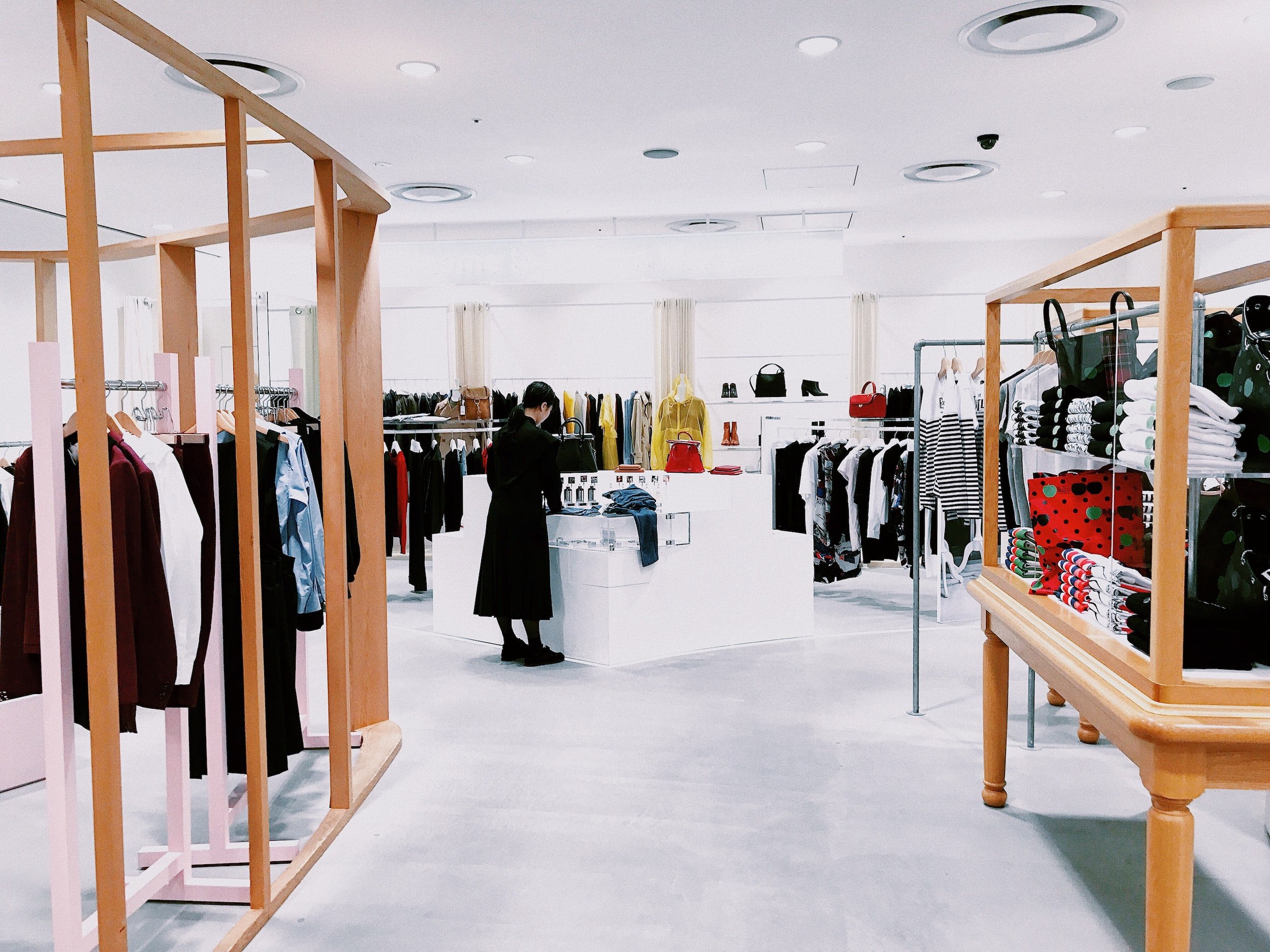
What Can Separate a Retail Store From the Others? It's the Little Things!
When you are running a retail store, it can be very easy to think that a lot of what constitutes running a big business doesn't necessarily apply here. This is a big mistake in terms of mindset because a retail store is such a pivotal component of society, delivering all essential services and, in fact, is a very astute business idea. However, with so many other retail stores out there, it requires more than a modicum of approaches to set itself apart. What are some of the key ways a retail store can differentiate itself through small but impactful details?

3 Practicalities You Need For Your New Retail Store
As popular as eCommerce has gotten, it hasn’t meant brick-and-mortar retail stores have gone out of fashion. They still prove to be profitable businesses, making them an appealing option. If you’re setting one up, you’ll naturally want to make sure you do everything right.